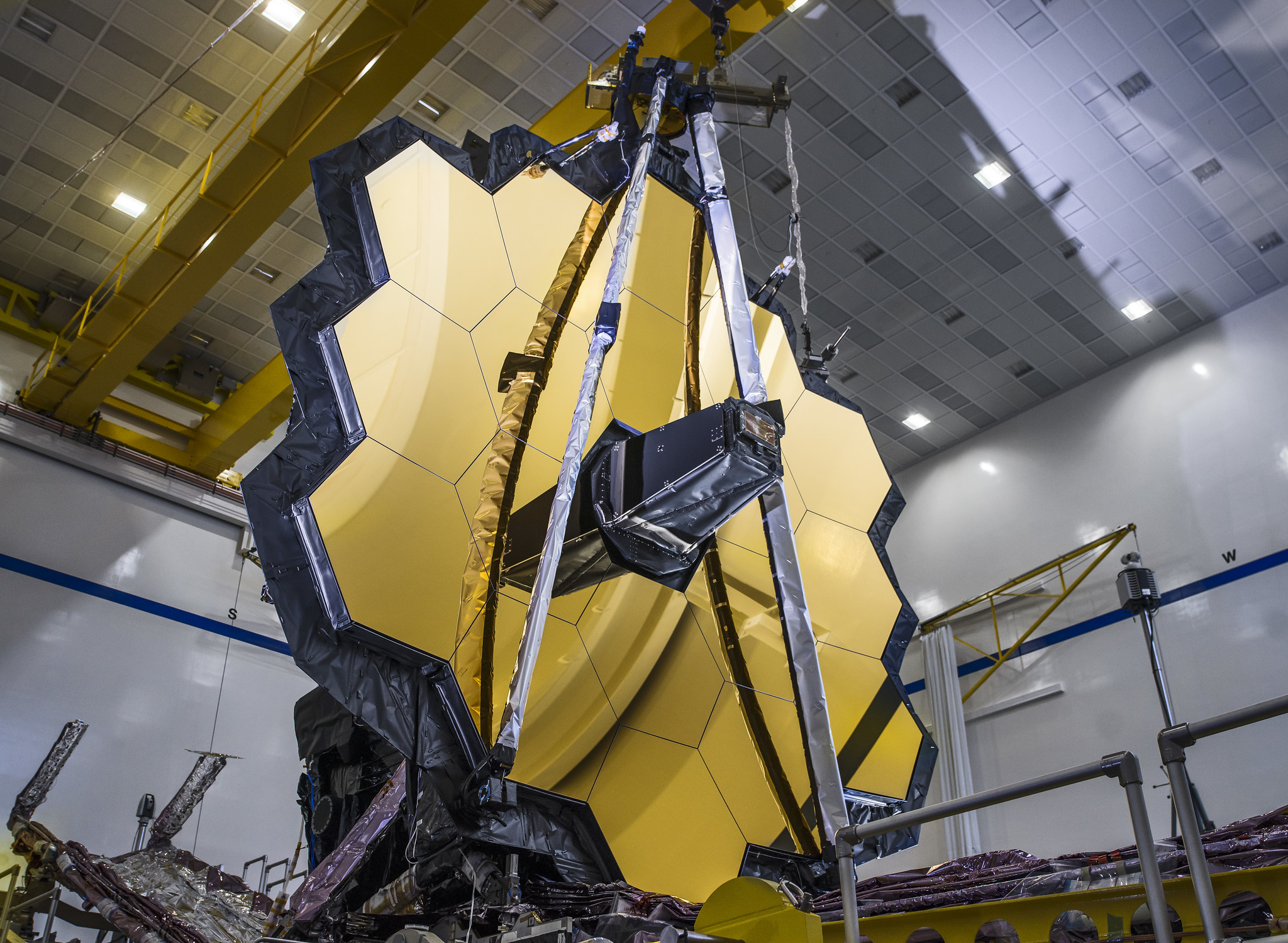NASA’s James Webb Space Telescope team has been selected to receive the 2023 John L. “Jack” Swigert, Jr., Award for Space Exploration, a top award from the Space Foundation. This annual award honors a space agency, company, or consortium of organizations in the realm of space exploration and discovery.
“The James Webb Space Telescope team represents the best of our humanity and an enduring pursuit to better understand the cosmos. Every new image is a new discovery,” said NASA Administrator Bill Nelson. “Webb is the culmination of decades of persistence and once-unthinkable human ingenuity made possible by international partnerships. Together, we are unfolding the universe and inspiring the world.”
The award will be presented at the Space Foundation’s yearly opening ceremony of the Space Symposium in Colorado on April 17.

“Within its first year of operations, the work and revelations by the James Webb Space Telescope team has opened an entirely new chapter of knowledge and inspiration that will forever change our lives and history,” said Space Foundation CEO Tom Zelibor. “This is an unparalleled achievement and is transforming astronomy and space science while delivering new inspiration and imagination to every generation and corner of our planet. The partnerships and collaborations between nations, researchers, industry members, and more have also highlighted the incredible things we can do together as we promote knowledge.”
Webb, the world’s premier space science telescope, launched Dec. 25, 2021. In 2022, the Webb team successfully completed an intricate series of deployments to unfold the observatory into its final configuration in space. They then precisely aligned its mirrors to within nanometers, set up and tested its powerful instruments, and officially began Webb’s mission to explore the infrared universe.
With its optics performing nearly twice as well as the mission required, Webb is discovering some of the earliest galaxies ever observed, peering through dusty clouds to see stars forming, and delivering a more detailed view of the atmospheres of planets outside our solar system than ever before. Webb has also captured new views of planets within our solar system, including the clearest look at Neptune’s rings in decades. The Swigert award, which pays tribute to NASA astronaut Jack Swigert for his legacy of space exploration, will recognize the contributions of the team members who designed, developed, and now operate the Webb mission.

“Our vast and dedicated team on the James Webb Space Telescope mission is already bringing us closer and closer to seeing the earliest, most distant galaxies that shine in our universe,” said Sandra Connelly, acting associate administrator for the Science Mission Directorate at NASA Headquarters. “Webb is an international collaboration involving a group of thousands of diverse people that has launched NASA into a new era of world-class science and is revolutionizing our view of the cosmos.”
Recent winners of the John L. “Jack” Swigert, Jr. Award include NASA and the University of Arizona OSIRIS-REx team, the teams behind the NASA JPL Mars Ingenuity Helicopter and InSight-Mars Cube One, NASA Dawn, and Cassini.
Webb, an international mission led by NASA with its partners ESA (European Space Agency) and CSA (Canadian Space Agency), is the world’s premier space science observatory. Its design pushed the boundaries of space telescope capabilities to solve mysteries in our solar system, look beyond to distant worlds around other stars, and probe the mysterious structures and origins of our universe and our place in it.
NASA Headquarters in Washington oversees the Webb mission. NASA Goddard manages Webb for the agency and oversees work on the mission performed by the Space Telescope Science Institute, Northrop Grumman, and other mission partners, including Ball Aerospace. In addition to Goddard, several NASA centers contributed to the project, including the agency’s Johnson Space Center in Houston, Jet Propulsion Laboratory in southern California, Marshall Space Flight Center in Huntsville, Alabama, Ames Research Center in California’s Silicon Valley, and others.
Recently, the Webb mission’s accomplishments also have been recognized by organizations including the National Space Club and Foundation, National Air and Space Museum, Aviation Week, Bloomberg Businessweek, Popular Science, and TIME.
For more information about the Webb mission, visit:
– end –
Natasha Pinol
Headquarters, Washington
202-358-0930
natasha.r.pinol@nasa.gov


























